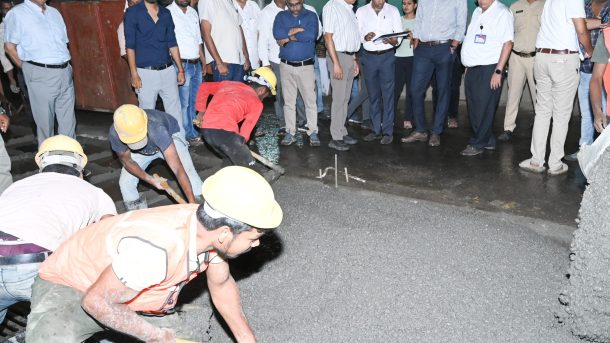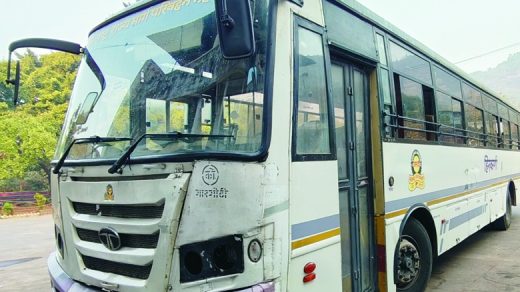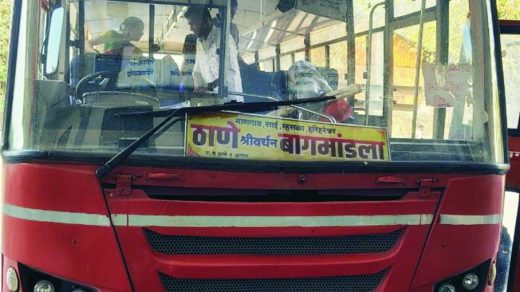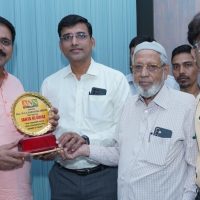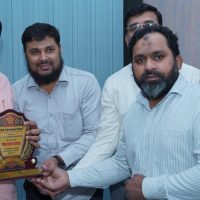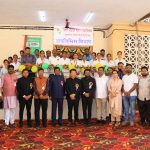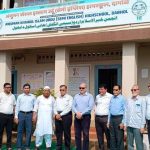Brihanmumbai Municipal Corporation
Public Relations Department
- Tree pits to be cleaned, filled with soil; debris and garbage to be removed
- Additional Municipal Commissioner (Projects) Mr. Abhijit Bangar issues instructions
- Ongoing concrete road works in western suburbs inspected by Mr. Bangar
The final phase of the concrete road construction project is underway across Mumbai’s western suburbs. Paving Quality Concrete (PQC) works are scheduled to be completed by 20 May 2025, and over the next two weeks, the pace of PQC activities will significantly increase.
As part of post-PQC procedures, the process of joint cutting is critical to ensure the long-term durability of the roads. In light of this, Additional Municipal Commissioner (Projects) Mr. Abhijit Bangar has instructed civic officials to increase the number of cutting machines and deploy additional manpower.
During the final stage of roadworks, tree pits along both sides of the road must be cleaned, refilled with soil, and cleared of debris and waste. Where space permits, tree plantation should be undertaken. Mr. Bangar further suggested assessing the feasibility of using Fiber Reinforced Polymer (FRP) grates instead of conventional iron ones for stormwater chambers, as FRP grates are less prone to theft.
On the night of 6 May 2025, Mr. Bangar conducted a detailed inspection of concrete road works at several locations, including Central Avenue in Santacruz (West), Model Town Road in Andheri (West), Marve Road in Malad (West), Maharashtra Nagar and Old MHADA Colony Road in Borivali (West), and the connector road from Shimpoli Junction to Mahavir Junction in Kandivali (East).
At Central Avenue, the inspection began with ongoing Dry Lean Concrete (DLC) works, where a Field Density Determination (FDD) test was successfully conducted. At Model Town Road, 90% of the work has been completed. There, the Plain Cement Concrete (PCC) layer was being prepared prior to the application of PQC.
During the site visit, officials raised concerns regarding frequent thefts of iron grates on stormwater chambers. Mr. Bangar noted that FRP grates could be a viable alternative, citing suggestions from Indian Institute of Technology (IIT) Mumbai experts who affirmed their durability and weight stability in water flow, provided high-quality specifications are used.
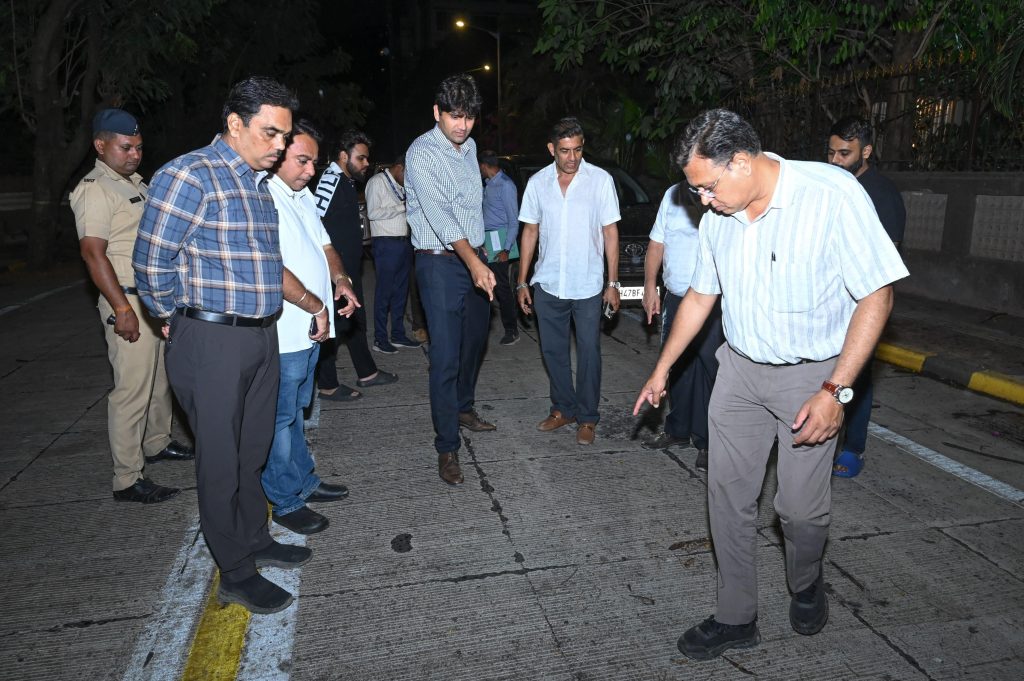
At Marve Road (Malad West), concrete paving was complete and joint cutting was in progress using large and small diamond-blade cutting machines. Joint cutting must be performed 6 to 8 hours after concrete pouring and should reach one-third the depth of the concrete slab. Lines must be straight and spaced at uniform intervals. Mr. Bangar observed that smaller cutting machines were effective in narrow lanes and congested areas, and recommended their strategic deployment.
Additionally, Marve Road used polysulphide sealant instead of traditional asphalt for expansion joints. Polysulphide, being grey, blends visually with concrete, has a short setting period, and is cost-effective. Mr. Bangar directed the team to evaluate the broader use of polysulphide in future projects based on these promising results.

